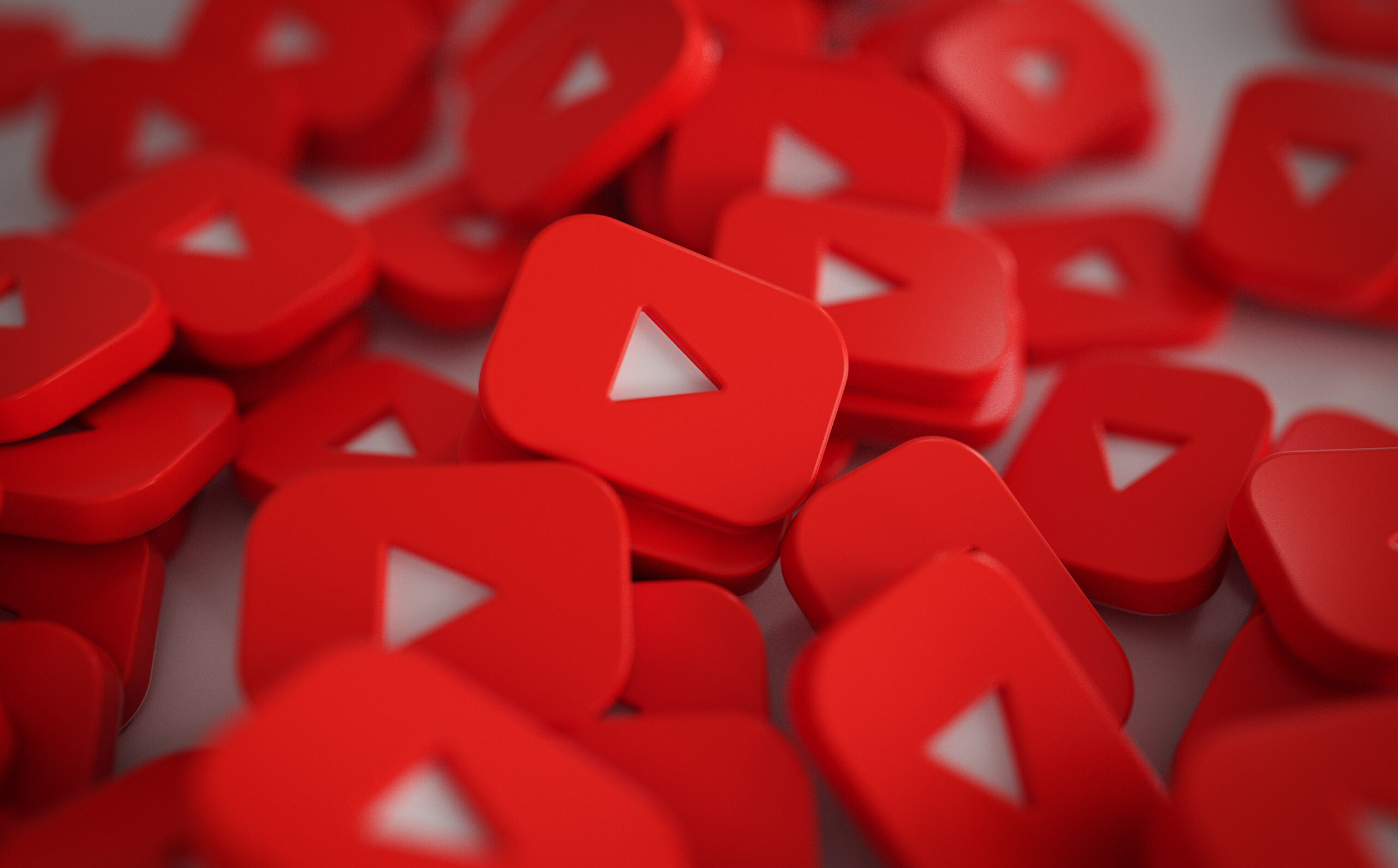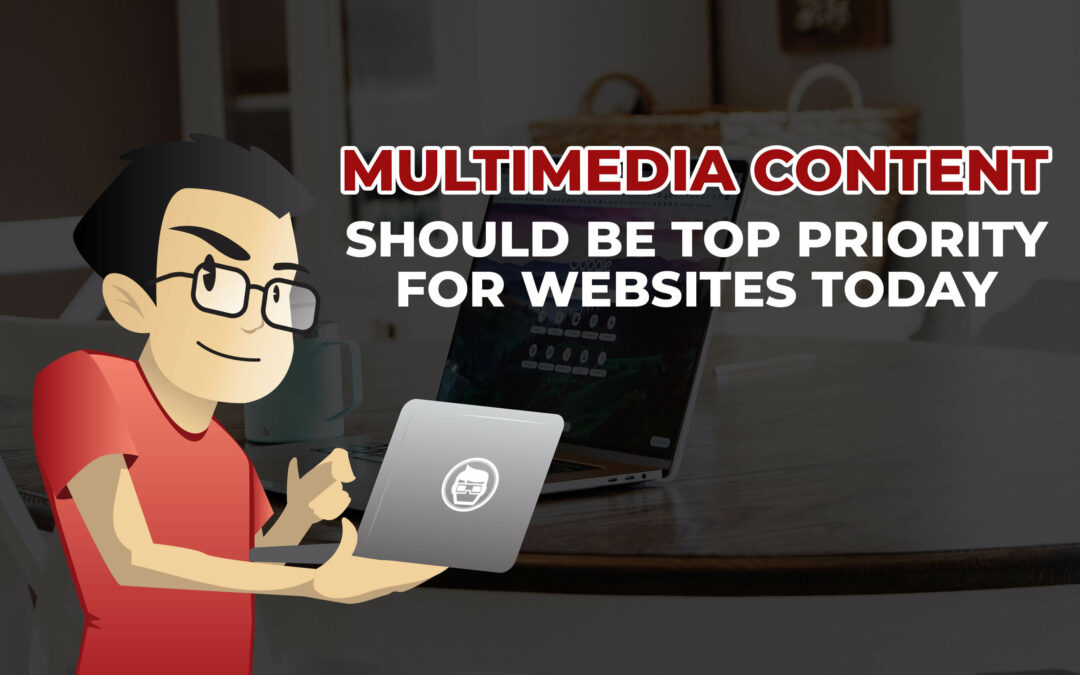Once upon a time, a website would typically consist of mostly text, with some graphics and photos peppered here and there sparingly. And this was the case for many, many years simply because Internet bandwidth was still highly limited and an expensive resource.
When the Internet was first introduced to end-users in the early 1980s, there was no such thing as wireless technologies and cellular transmission. And broadband was a seemingly far-fetched science fiction dream.
Early Internet connections were dependent on modems, which connected your home telephone line to your computer. This is actually hard to describe in the year 2020 because there has been a whole generation of Malaysians who have never experienced narrowband dial-up Internet.
The earliest Internet connections were limited only to 300 bits per second although, technological improvement and ultimately increase this to the dial-up maximum limit of 56600 bits per second by the mid-1990s.

Fast forward to 2010 and broadband Internet connections in Malaysia utilizing technologies such as DSL (Digital Subscriber Line) and fiber optics have become commonplace, with typical connections ranging between 1 Mbps (megabits per second) to 100 Mbps. This is a tremendous improvement over previously used technologies. In comparison, a 1 Mbps line is 1000000 bits per second, an almost 18 times improvement over the fastest dial-up Internet connection.
According to a 2017 report released by Internet infrastructure provider Akamai, the average Internet speed in Malaysia at the time is 8.9 Mbps or over 1500 times faster than the fastest Internet connections twenty years prior.
Malaysian Communications and Multimedia Minister Gobind Singh Deo is targeting 100% broadband penetration throughout Malaysia and for all local telcos to adopt the burgeoning 5G cellular communication technology by 2023.
What does all this mean for websites?
Web design needs to move with the times, with more and more websites around the world utilizing multimedia content such as audio and video.
In the age of broadband and social media, the vast majority of online netizens will no longer bother with text-heavy websites, not without first having their attention captured by high-resolution images and videos.
According to a 2019 study by Cisco, 80% of all global Internet traffic is dedicated solely to video content. As such, there is no longer a need to worry about restrictions such as end-user bandwidth, and your web design strategy MUST absolutely incorporate rich multimedia content from the earliest planning stages.
Here are five items to take into consideration when integrating multimedia content into your web design strategy.

1. Content quality must always be updated.
As of 2018, 85.7% of all Malaysian households have a broadband connection. The figures would undoubtedly be higher now. As such, old bandwidth consideration strategies such as image and video compression can be thrown out the window. With screens getting progressively bigger and significant improvements in quality leaping year by year, high definition video content has become a must.
In fact, many online video content creators have already started recording content in 8K resolution to future proof their content as much as possible.
While 1080p high definition video is still the norm in 2020, 4K resolutions have become increasingly prevalent for television and computer monitors today, and it’s only a matter of time before 4K becomes the minimum resolution to strive for.
As such, plan for 4K video content if your budget permits it. 8K is still overkilled at the moment as the global Internet infrastructure is at least ten years away before 8K streaming is readily available for the masses.

2. Always archive your original raw footage.
This is important because you never know when you need to access them again for future needs or if the contents need to be remastered for future technologies.
Many YouTube content creators have started re-releasing videos in 4K, upgrading over the original 1080p presentation. And this is only possible if the raw footage is kept.
The same applies to all your photos and images, keep the high-resolution RAW originals and PSD or AI work files instead of thinking about cost savings on storage. Because the cost of having to recreate the images or videos will be inordinately difficult if not impossible.
Consult with IT storage consultants who can advise and implement the best storage solutions that would fit your business’ multimedia content strategies.

3. Multimedia content needs to be developed using HTML5 standards.
This is important to ensure full compatibility with as wide a range of devices as possible, as the Internet is no longer restricted to computers. Indeed, the vast majority of Malaysians are actually consuming online content with their smartphones.
While there are no official statistics on cellular broadband use versus traditional home broadband, Malaysia has a 140% mobile penetration rate and enjoys an almost 75% cellular 4G connectivity rate, thanks to increasingly affordable mobile data plans by the various telecommunication providers in the country.
Besides smartphones and tablets, Internet access on smartwatches and smart TVs are on the rise in Malaysia as well.
Ensure your multimedia content strategy works for devices with smaller screens such as smartphones and smartwatches, and yet also work with large screens like ultrawide monitors and TVs.

4. Utilize the free platforms, don’t always go for exclusivity.
Do not be too encumbered by high Webhosting costs, as there are many online video platforms out there that can host your videos for free, chief of which is YouTube.
Why pay exorbitant storage and bandwidth cost to your web hosting provider when you can have the same with YouTube for free? In fact, if your content hosted on YouTube has enough subscribers and viewed minutes, your company can even monetize your official YouTube channel for additional income if you so choose.
Always ensure your content is planned with a 16 × 9 aspect ratio so that it’s presented properly on modern displays. Typical dimensions would be 1920 × 1080 for Full HD 1080p content, 3840 × 2160 for 4K content, and 7680 × 4320 for 8K content.
5. Capture your audience in the first 15 seconds.
Whilst the Internet is one of the greatest tools in the history of mankind, it has also unfortunately significantly reduced our patience and attention span. Studies show that a website only has seven seconds to make an impression on a visitor, with most leaving after 10-20 seconds. As such, your website must grab the visitor’s attention IMMEDIATELY be it via splashy graphics or a beautifully produced video. If it’s a drab looking website full of text passages, you may be customers to your competitors who have adopted fancier websites than yours.
Ultimately your website will only look as good as the planning and preparation that goes into its presentation. And by having these materials beforehand, they can make the life of your web developer significantly easier in crafting a handsome, professional website that can meet the needs of not only your business but also prospective customers from around the world.

Ready to bring your website to the next level?
Then please feel free to connect with us! You can also check out our portfolio to get a gauge of our level of expertise and experience.



